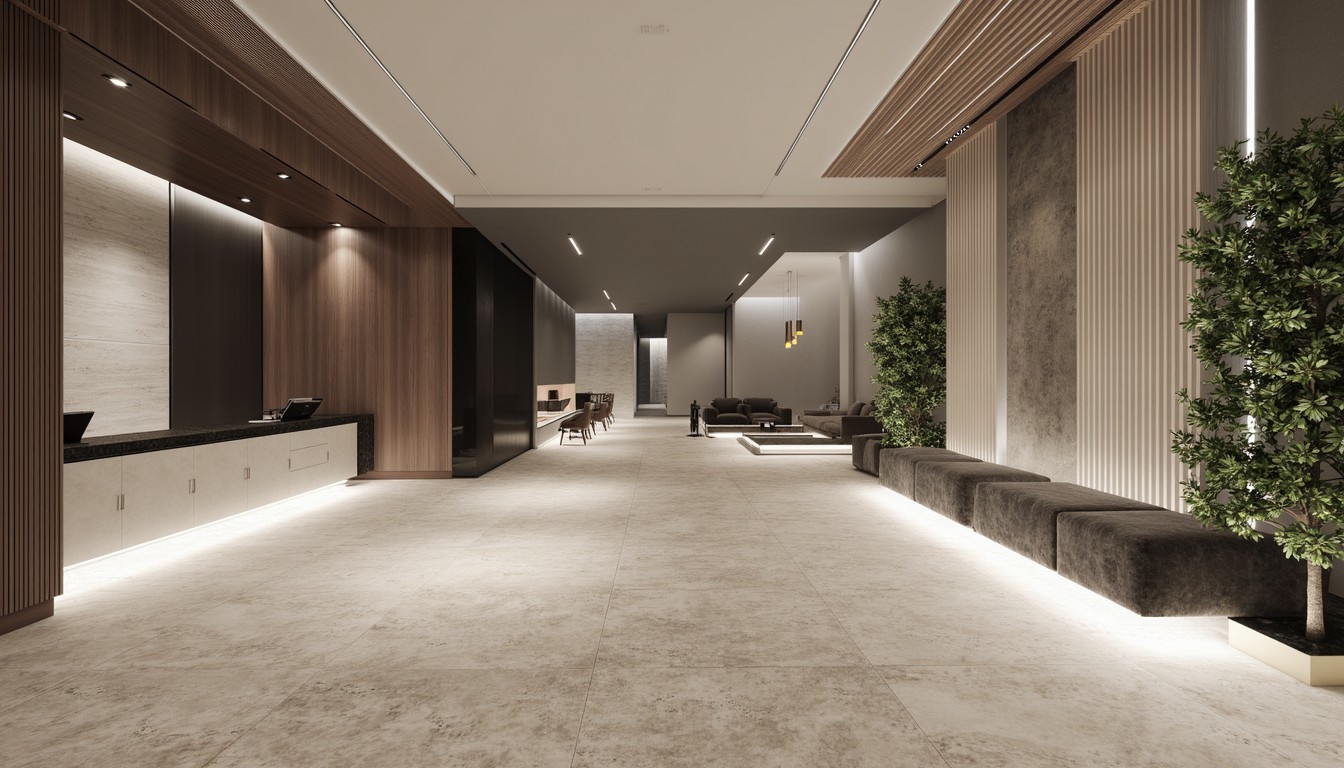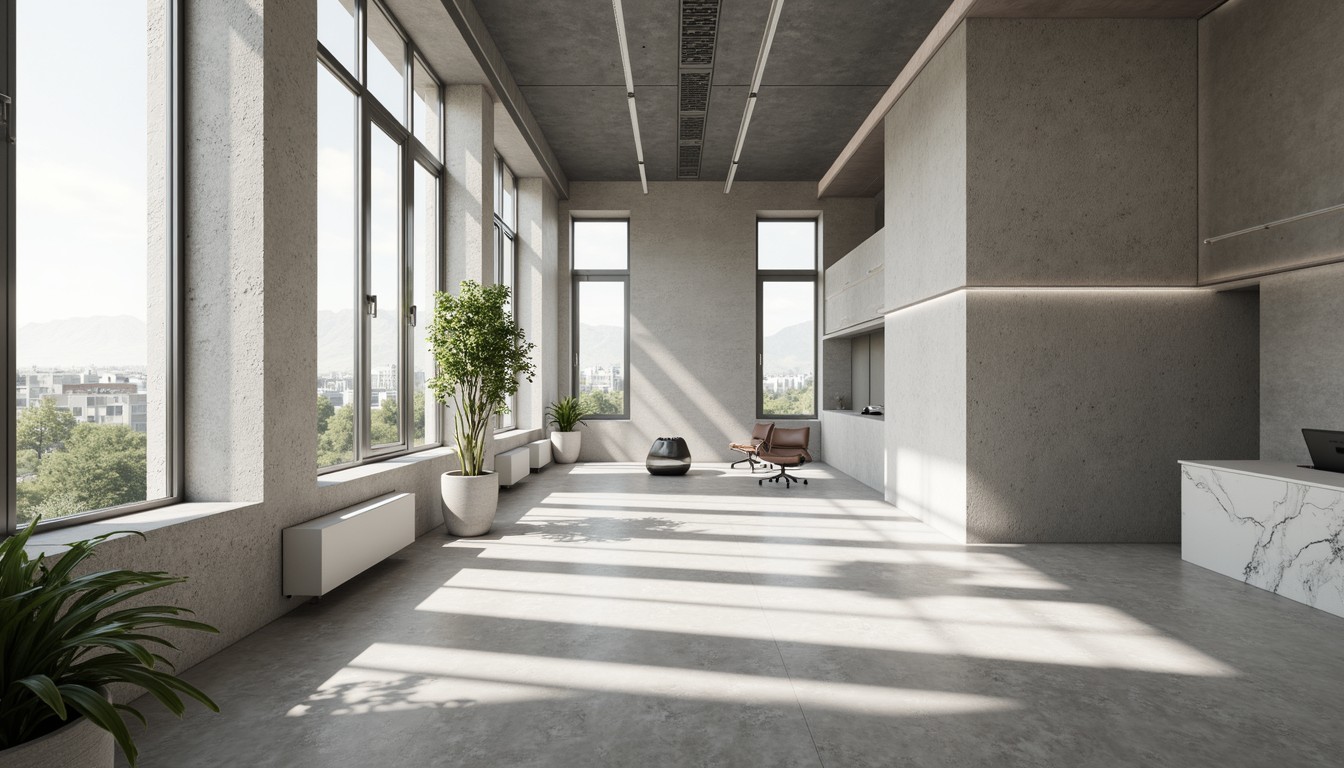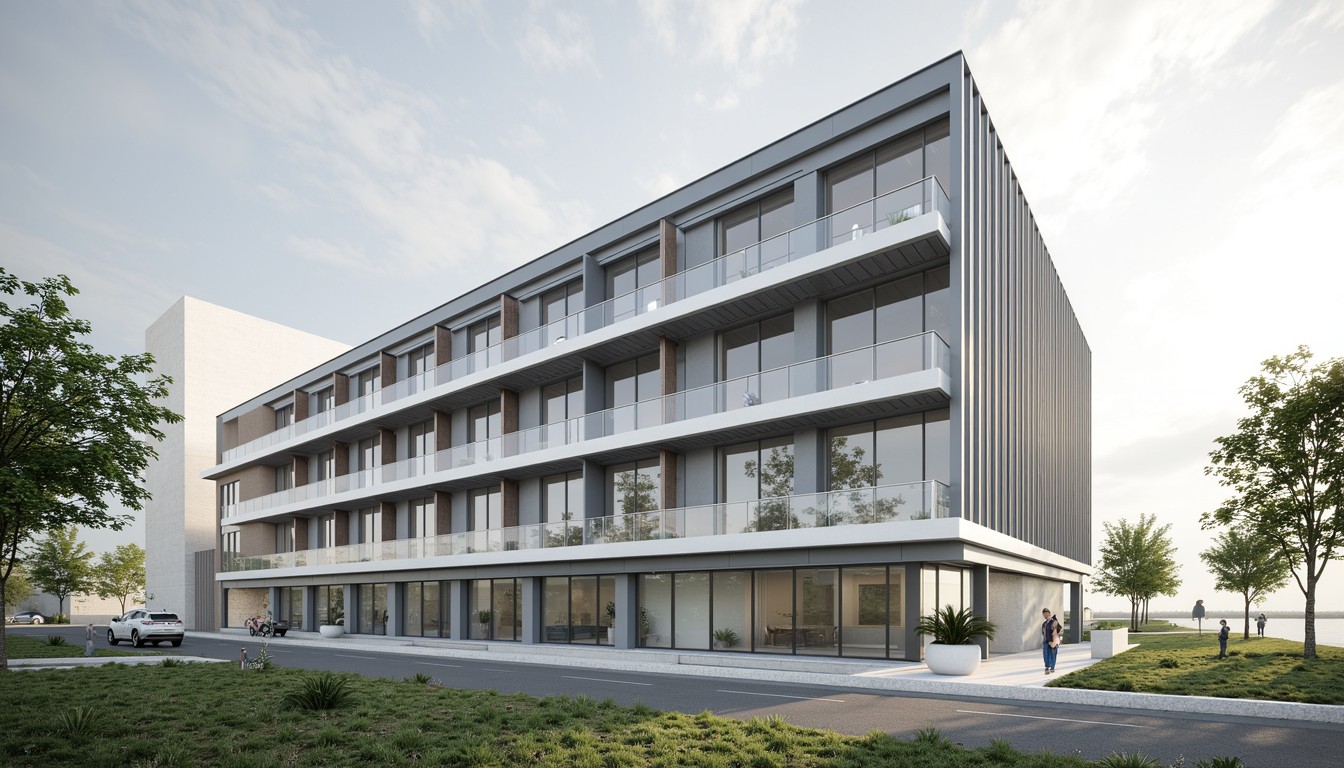VR in Architecture: Designing Tomorrow's Spaces
The architectural landscape is undergoing a dramatic transformation, driven by technological advancements that are redefining how we design, visualize, and experience built environments. At the forefront of this revolution is Virtual Reality (VR), a powerful tool that's reshaping the way architects and designers approach their craft. ArchNav, a leader in architectural visualization, understands the transformative potential of VR and utilizes it to deliver unparalleled results for our clients.
Immersive Design Experiences: Beyond the Blueprint

Traditional architectural blueprints and 2D renderings offer limited insight into the spatial qualities of a design. They struggle to convey the true feel of a space, the interplay of light and shadow, or the overall ambiance. VR, however, offers an unparalleled level of immersion. Architects can step inside their digital creations, experiencing the scale, proportions, and spatial relationships firsthand. This immersive experience allows for a deeper understanding of the design, facilitating early identification and resolution of potential problems.
Imagine walking through a virtual replica of a proposed building before a single brick is laid. You can explore different design options, test furniture layouts, and even simulate natural light at different times of day. This level of interaction is invaluable for fine-tuning the design and ensuring it meets the client's vision and functional requirements. This is particularly crucial for complex projects like museums, hospitals, or high-rise buildings where spatial planning is paramount.
Enhanced Client Collaboration and Communication
Client communication is a critical aspect of any architectural project. However, conveying complex design ideas through traditional methods can be challenging. VR offers a revolutionary solution. Architects can now share immersive virtual experiences with clients, allowing them to actively participate in the design process. This fosters better understanding, reduces misunderstandings, and ultimately leads to greater client satisfaction.
By using VR, clients can experience their future space before construction begins. They can provide real-time feedback, explore different design options, and make informed decisions. This collaborative approach not only streamlines the design process but also strengthens the relationship between the architect and the client, resulting in a more successful project.
Optimizing Design and Functionality: Identifying Potential Issues Early

VR technology enables architects to identify and address potential design flaws early in the process, saving time, money, and resources. By virtually navigating the space, architects can detect issues related to circulation, accessibility, lighting, and overall functionality that might be missed in traditional 2D plans. This proactive approach allows for design modifications to be made before construction begins, minimizing costly rework and delays.
For example, VR can reveal potential circulation bottlenecks, inadequate natural light penetration, or awkward spatial relationships that may not be apparent in 2D renderings. Addressing these issues early through VR simulations significantly improves the overall design quality and functionality of the final product.
Real-World Applications of VR in Architecture
The applications of VR in architecture are diverse and expanding rapidly. Here are some key areas where VR is making a significant impact:
- Residential Design: Clients can experience the layout and feel of their future home, helping them make informed decisions about finishes, furniture placement, and overall design.
- Commercial Design: Retail spaces, offices, and restaurants can be virtually experienced, allowing for the optimization of space utilization, customer flow, and overall ambiance.
- Urban Planning: VR can be used to simulate urban environments, facilitating community engagement and allowing stakeholders to visualize and evaluate proposed developments.
- Historical Preservation: VR can recreate historical structures, allowing for the study and preservation of architectural heritage.
- Construction Visualization: VR can be utilized to illustrate the construction process to clients and stakeholders, promoting transparency and understanding.
The Future of VR in Architectural Design

The future of VR in architecture is bright. As VR technology continues to advance, we can expect even more realistic and immersive experiences. The integration of other technologies such as augmented reality (AR) and artificial intelligence (AI) will further enhance the capabilities of VR in architectural design. This will lead to more efficient design processes, improved client collaboration, and ultimately, the creation of more innovative and functional buildings.
ArchNav: Your Partner in VR-Driven Architectural Visualization
ArchNav is at the forefront of leveraging VR technology to deliver exceptional architectural visualization services. We understand the power of immersive experiences and utilize the latest VR tools and techniques to create breathtaking visuals that help our clients bring their architectural visions to life. Our team of experienced professionals combines artistic talent with technological expertise to deliver unparalleled results. Contact us today to learn how ArchNav can help you design tomorrow's spaces.
